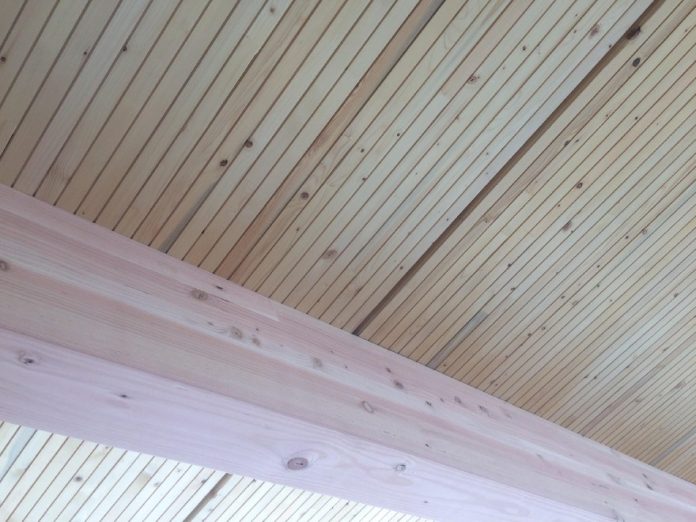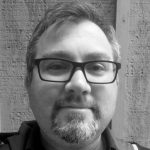This past spring, the Washington State Legislature passed HB 2382 –a bill that allows public agencies to utilize surplus public land for affordable housing development. The land can be sold, swapped –or leased. This has the potential to be a really powerful bill –not just here in Seattle, but statewide.
This bill is a crucial component of the op-ed Cary Moon and I published in Crosscut last week. In it, building on my piece on the Mercer Mega Block, we laid out how and why utilizing the Mercer Mega Block for a massive social housing development and park –instead of selling for market development – should take priority. We also brought up SB 5450 –a state bill also passed last spring, directing jurisdictions to codify mass timber construction (prefabricated solid wood panels like cross laminated timber, dowel laminated timber, etc) in residential and commercial construction.
Where this gets really interesting is that the International Code Council passed the recommendations from the Ad Hoc Committee on Tall Wood Buildings, (yes, also last spring) to allow mass timber buildings up to 18 stories tall. Yes, you read that right – we could start seeing tall mass timber projects here in Seattle really soon. Vancouver already has one, with others in the works. What this means is that if we can utilize public land and can figure out how to get mass timber towers to pencil – we might be able to unlock a seriously interesting path towards dense, sustainable, affordable housing.
Last month, Erica Barnett wrote about Councilmember Teresa Mosqueda’s new disposition policy for surplus City Light land –as well as her office’s plan to expand it to other agencies, building on HB 2382, which was subsequently passed by the city council. Seattle City Light is not the only agency that has surplus land in and around the city. King County and numerous other agencies possess land in Seattle that could be better utilized as open space, housing–or ideally given our imbalance of open space against multifamily housing –a combination of the two. Enterprise is working on a mapping product that would be utilized to evaluate such properties.
However, I think HB 2382 is too narrow in scope. Presently, the bill is only directed for low and moderate income households – but the need for affordable housing extends well up the income ladder in this region. We need a massive rethinking of housing policy – especially around the land issue –which will likely require the utilization of public land for mixed income housing –not just affordable housing. As in Seattle, most housing is out of reach for middle class residents in many European cities. Vienna is one of the cities that take the most proactive approaches to utilizing public land for social housing – and the results seem to speak for themselves –it’s routinely ranked one of the most livable cities in the world.
The city of Hamburg holds about 20% of its land sales for community oriented development (cooperatives and baugruppen) which offer large savings over market rate development. Some of this is affordable housing, and much of it is housing for middle class households who are unable to reside in the city long term without the city taking a more active role in land and housing policies.
In 2011, the city of Zuerich voted on a referendum to increase the number of non-profit homes in its housing stock from 25% to a third. In order to achieve this, public land is ground leased to cooperatives and non profit housing developers to build new housing within the city. The results are some of the most stunning community developments I’ve ever seen.
With Councilmember Mosqueda leading the charge to utilize public land for public benefit –I am hopeful we will (finally) start seeing an increase in the development of cooperatives, community land trusts, baugruppen – as well as an uptick in innovative social housing by not for profit housing providers. The need for affordable housing in our city is not going to decrease, but we are getting some really interesting tools that may start to allow tackling that issue head on.
Mike is the founder of Larch Lab, an architecture and urbanism think and do tank focusing on prefabricated, decarbonized, climate-adaptive, low-energy urban buildings; sustainable mobility; livable ecodistricts. He is also a dad, writer, and researcher with a passion for passivhaus buildings, baugruppen, social housing, livable cities, and car-free streets. After living in Freiburg, Mike spent 15 years raising his family - nearly car-free, in Fremont. After a brief sojourn to study mass timber buildings in Bayern, he has returned to jumpstart a baugruppe movement and help build a more sustainable, equitable, and livable Seattle. Ohne autos.


